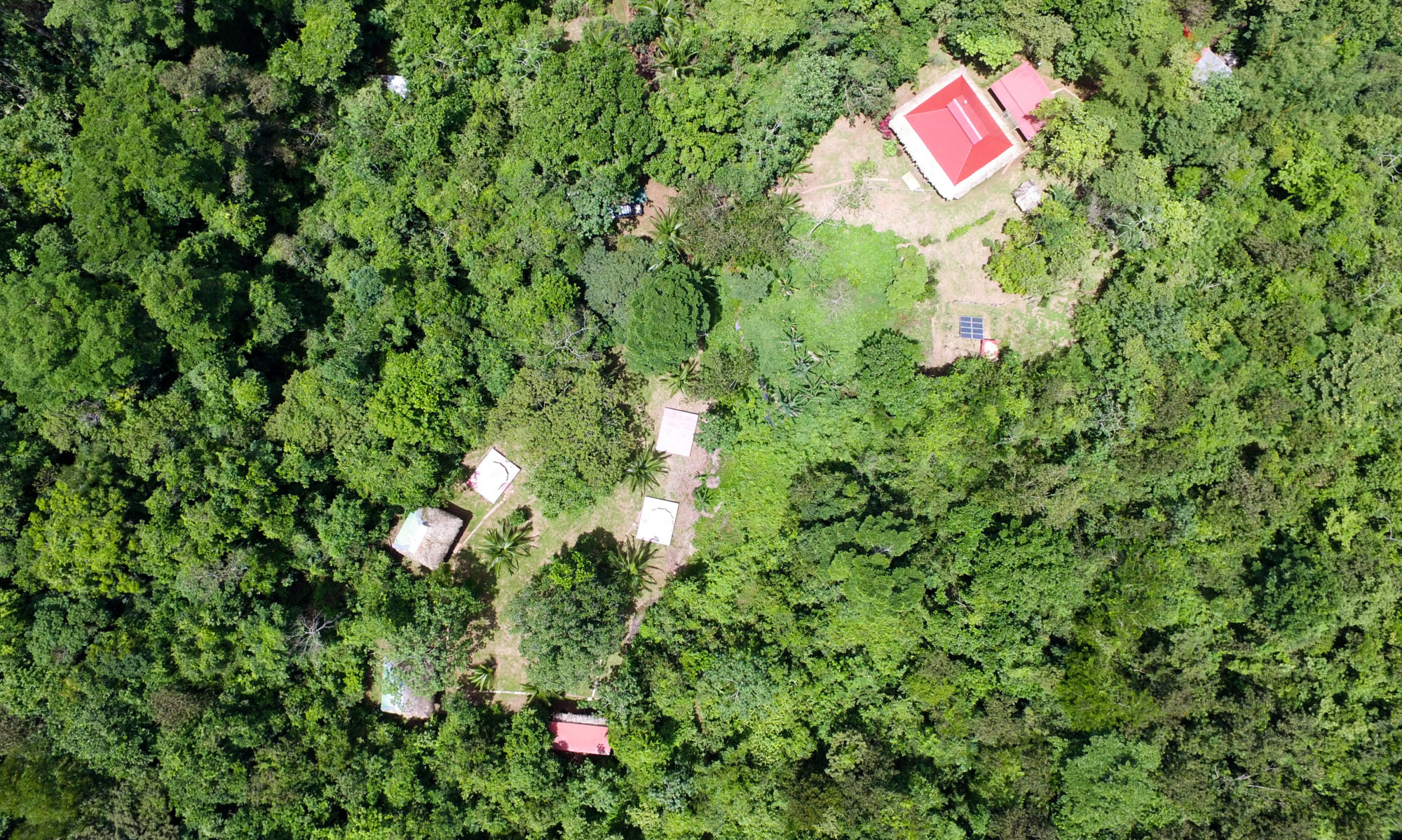Tropical Forest News
Although we can’t wait to tell you about what we are up to we wanted to first start with news from other tropical forests that we thought worth talking about. Follow the links to find out more.
Carbon Sequestration By Soils in the Canopy
We know that soil isn’t only formed underfoot but also up above in the canopy of mature tropical forests. Many other plants (e.g. epiphytes) take advantage of these aerial sources of nutrients, as do a whole host of other invertebrates and vertebrates. A group of scientists have investigated the rate of carbon sequestration in these soils finding them to possibly be yet another important reason why old growth tropical forests are key to climate change mitigation. Read more here:
Greta Thunberg’s Tree Frog
This newly discovered tree frog (Pristimantis gretathunbergae) from Panama has been named after climate change activist Greta Thunberg. It was found in an isolated high elevation location, 100km from Cocobolo and along the same highland range. The plight of this species is closely tied to climate change as warming would lead to the destruction of its small mountain habitat. We are very pleased to say that Abel Batista, one of the scientists who discovered the tiny tree frog is a CREA scientific advisor and will be searching Cocobolo in March for evidence of this or other species unknown to science. Read more here:
Lowland Tapir at Risk of Extinction
This article highlights the plight of lowland tapir due to population isolation caused by hunting and highways. Tapir have low reproduction rates, with only one young being born after a gestation of 13 – 14 months and up to 3 years interval between births. It is crucial that they can interact with other populations in order to increase the gene pool. The article states that measures are needed to connect isolated populations to ensure the long term conservation of these tapir. This story rings true for Cocobolo where we are working hard to preserve connectivity across the meso-American corridor within Panama, which itself serves as a corridor between North and South America. Read more here:
Chemical Defoliants Used to Increase Deforestation in Amazon
Breaking news: Mongabay reports that chemical defoliants such as Glyphosate and 2,4-D, among others, are being used to spray forests by plane, that defoliate and weaken trees making it easier for loggers and ranchers to move in… Read more here:
We often re-post interesting articles we find on our facebook page, so keep up to date by following our feed.
Latest blogs
Our blogs can be found on our website but in case you have missed the last few here is an over view.
Michael Roy, CREA’s founder, gives some insight into the current state of play of tropical forests and looks at the good and bad news that has come out of 2021. Read it here.
Cocobolo Volunteer, Lucy Hughes writes about life in the field and how naturalists always manage to fit in wildlife related stuff whilst pretending to do other work. Read it here.
In The Field
Back on the ground
Cheñin and Leo have done a great job keeping the research station from disappearing back into the forest but inevitably there are many tasks to take care of around the camp. We still have no groups visiting; the uncertainty around Covid and travel restrictions it has caused globally has yet again taken its toll on planned events for this first quarter of the year.
In the meantime, with no guests at the field station we have been catching up on a few repairs and maintenance chores. The (non-native) bamboo stand behind the staff accommodation was keeping everyone awake with its banging and scraping noises. So we have done some serious pruning leaving us with a great resource to use. We are now experimenting with curing the bamboo before we use it to provide a wind and privacy screen around one of the ranchos. Watch this space…..
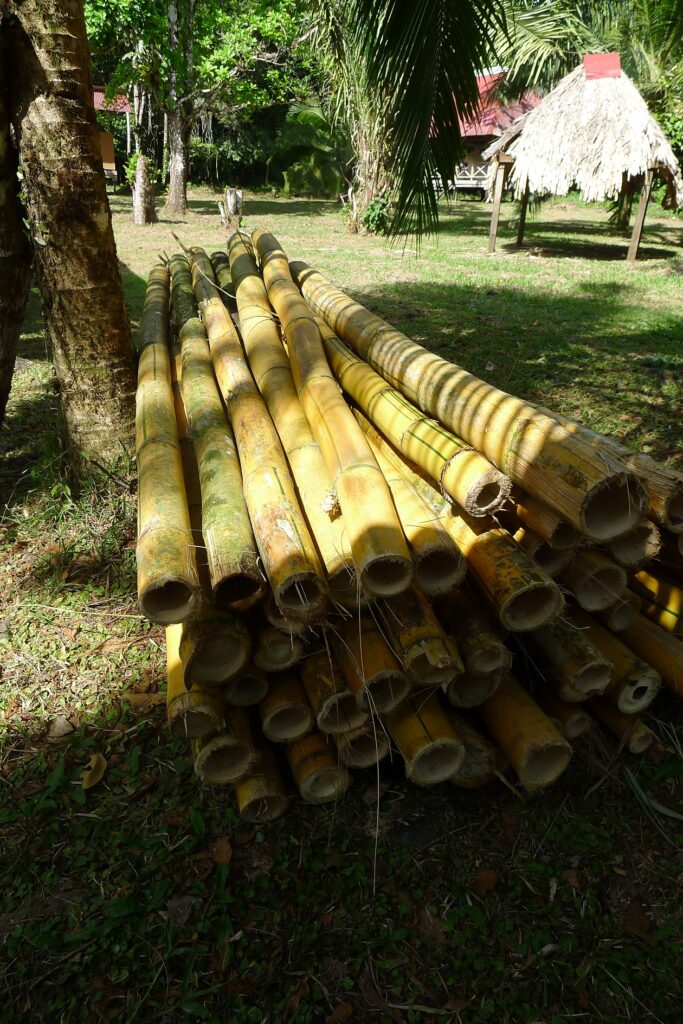
Community Outreach
This month we visited La Zahina, a nearby village, to give a presentation. Home to around 100 people mostly subsistence farmers, they are just some of the people Cocobolo shares the Mamoni Valley with. Our presentation focused on why healthy forests such as Cocobolo benefit humans globally and more importantly communities, such as La Zahina, living next to them. In addition to Dr. Michael Roy of CREA, we were joined by Lieutenant Adames from the Panamanian Eco Police, a passionate Panamanian with 20 years experience in the field. He gave a talk to the village about the impact of wildlife crime and how they can report it. The evening ended with a beautiful documentary about the jaguar in Panama. The evening was a great way to connect with our nearest neighbours.
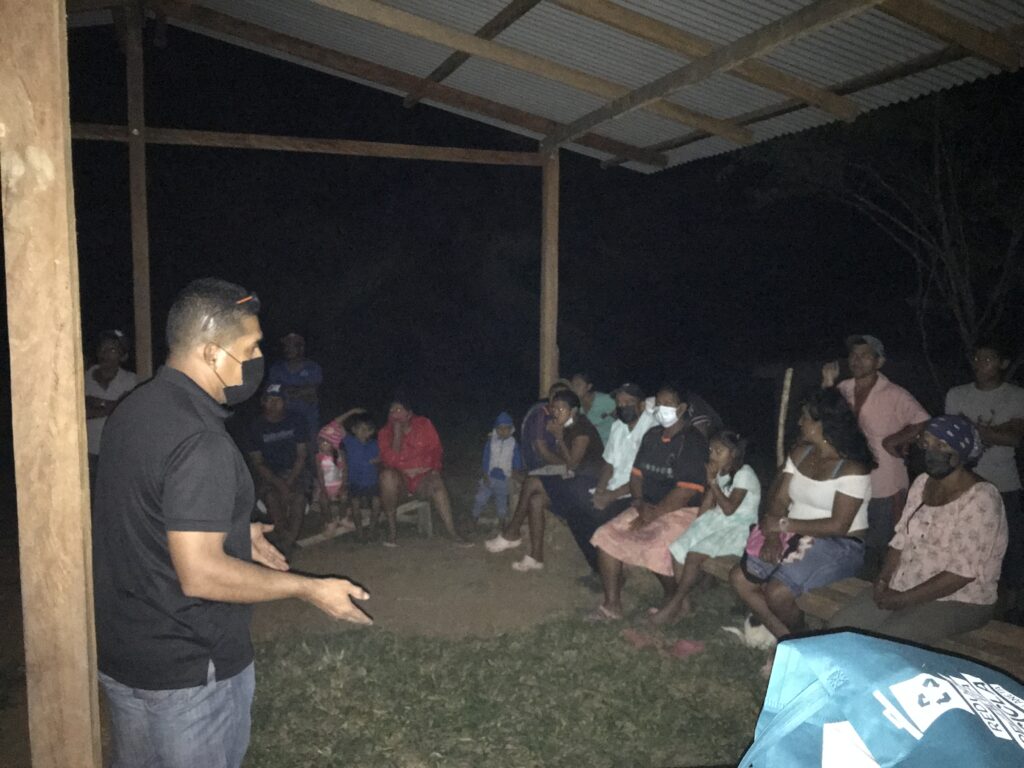
Monitoring
We have been able to put out a bunch of our camera traps this last week so we have made a good start at continuing our monitoring around the reserve, a bit early to show you any of the results but expect an update in the next newsletter. Michael Roy and Kurt Niznik joined by Lucy and Trev Hughes (volunteers) have also spent a good bit of time wandering through the forest recording the plants, insects, reptiles and amphibians they find.
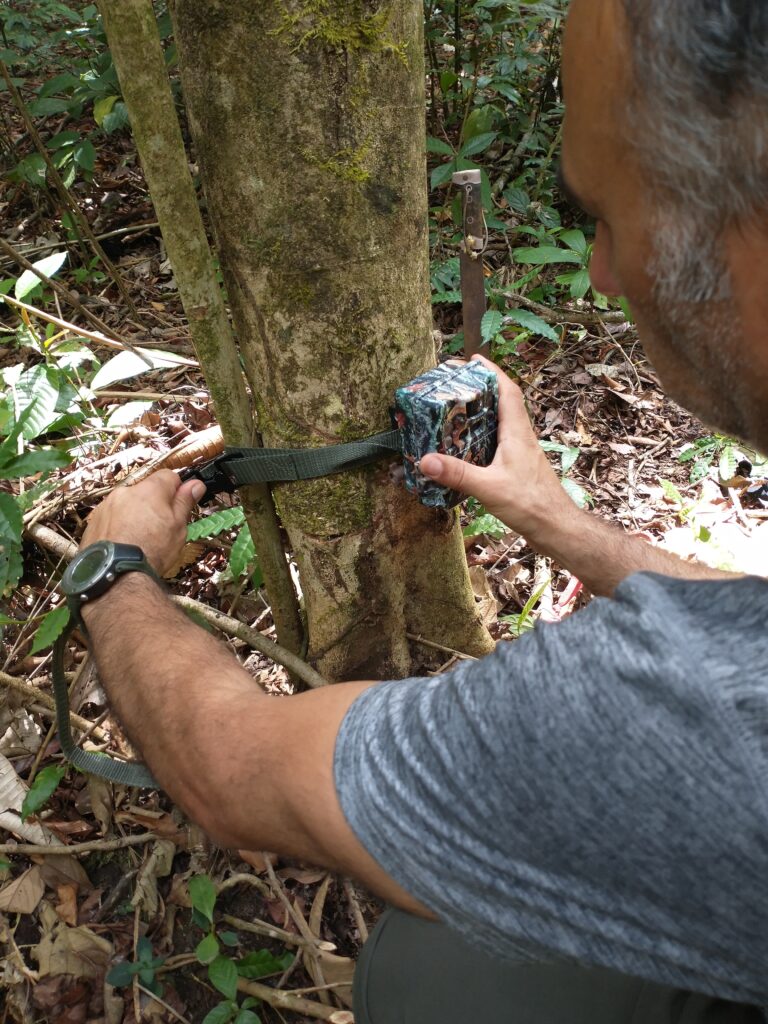
Volunteers
We would like to warmly welcome Lucy and Trev as intrepid CREA volunteers. They are from the UK but live in a sleepy village in France (sounds idyllic). Lucy has a Master’s in Wildlife Biology and Conservation and they both have extensive conservation experience in Africa and the UK, having worked in some of the most iconic National Parks of Africa (Kruger, Ngorongoro etc). We very much look forward to working with them and hearing about their ideas on how to improve Cocobolo Nature Reserve and the Research Station as a center for conservation, learning and research.

Recent Sighting
Although we have been busy around the station, we have also been walking the trails. Of note are the abundance of fig fruits on the forest floor. Figs are prized fruits, eaten by lots of mammals and birds, as well as insects. We have strategically placed camera traps around some of the larger trees and await to see what they have in store for us.
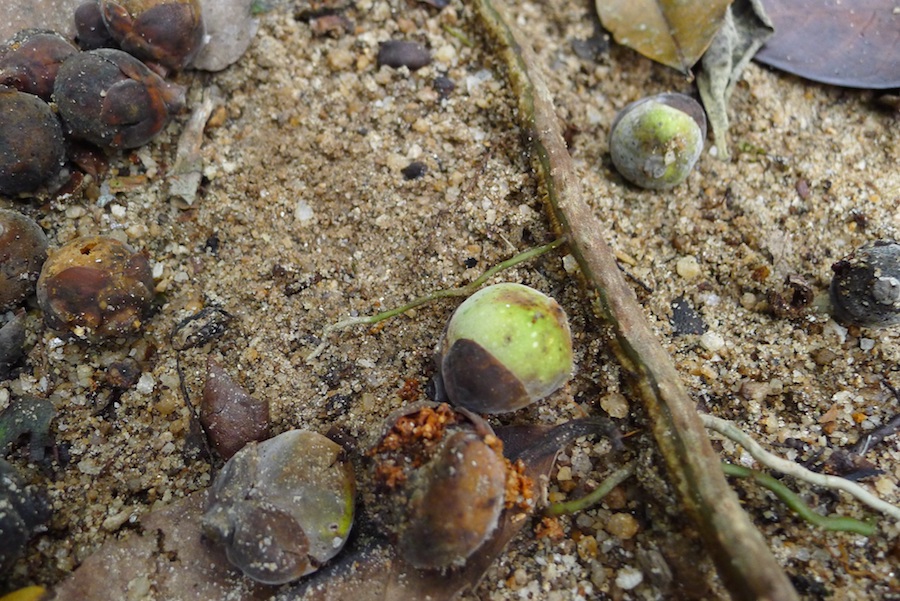
This blue crowned manakin was seen hanging out and occasionally flitting off to maintain its lekking stage. Blue crowned manakin males do not care for their young, like most lekking birds, but do put on a show for the ladies, flitting from branch to branch and vocalising. The female chooses a male based on its performance.
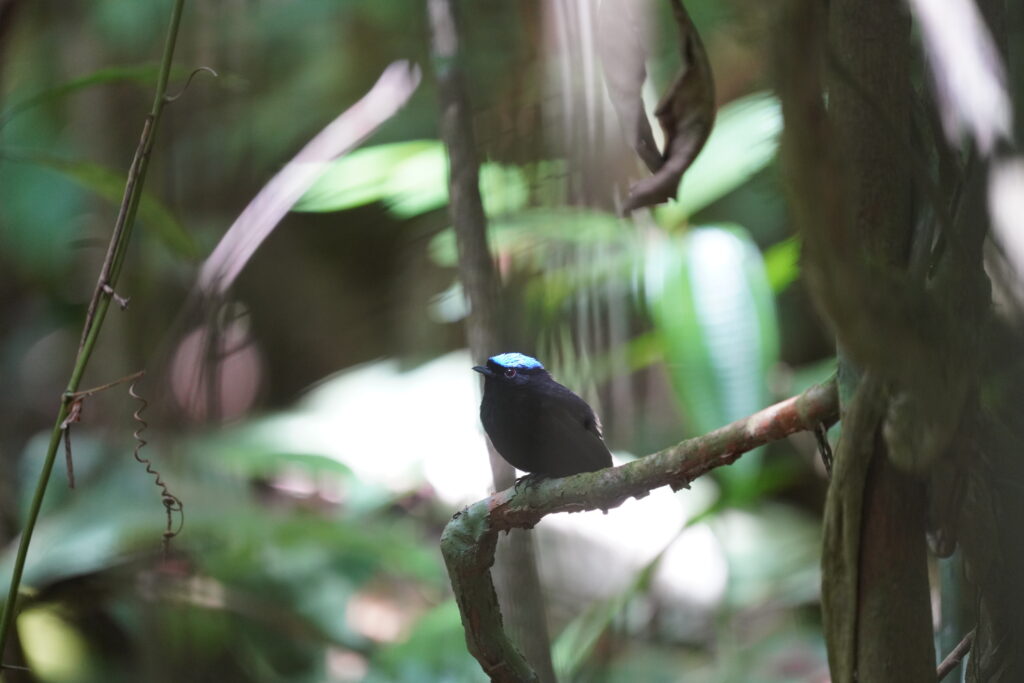
Did You Know…..
that just one hectare of mature forest in Cocobolo holds over 700 tons of CO2, equivalent to the emissions of 160 passenger vehicles in one year! Cocobolo is composed of over 400 hectares so not only is it home to an inordinate number of species, it also contributes to the regulation and stabilization of our climate.
Get Involved
We often bring small groups (4-6 people) to Cocobolo for short stays. If you are interested in coming on a group expedition please drop us an email.
Would you like to Support our Work?
Committing to a sustained donation of just $1 a day can make all the difference. We are a group of volunteers composed of scientists and conservation professionals and amateurs who are committing their time to conserving one of the most valuable ecosystems on the planet. Find out how
